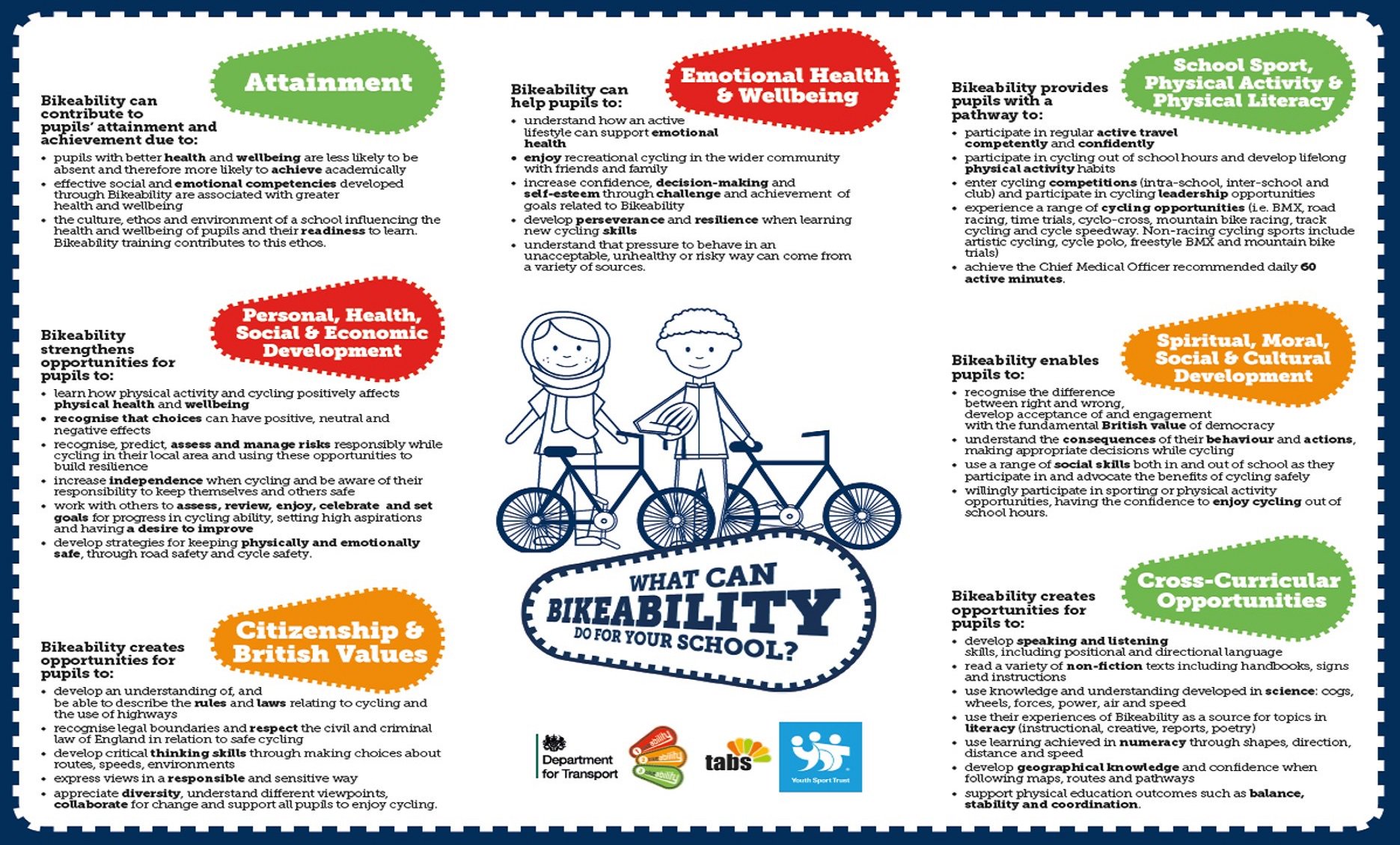I know BikeAbility isn't everybodies cup of tea in the cycle advocacy world. I happen to like teaching as it combines my joy of riding with teaching children. To me it's much than "throw the kids into traffic" concept of vehicular cycling. It really does build confidence, hazard perception, and awareness. It's patently clear that these skills are needed in kids, for far more than just cycling purposes.

I'm also aware that it's not going to deliver the kind of change in cycle take up needed in this country. Although it does increase cycling rates, it's nothing like enough to make the big gains we need. Note that The Association of BikeAbility Schemes recognises this and endorses the use of segregated infrastructure to really make the difference.
However, this post is about the Highway Code for Cyclists and seeing how it stacks up against BikeAbility practice. It's prompted by the recent release of The Highway Code for Cyclists by the AA and Carlton Reid. My experiences of the cycling sections on the Highway Code is that they are a long way behind BikeAbility. I hope the new booklet does more to show how much more is understood about cycling now.
I've written a few additional notes on several of the cycling rules. I've tried to be neutral about these notes, I'll temper that at the end.

Rule 59 additional notes.
1. You should CHOOSE what to do based on circumstances.
2. Research done since this rule was introduced shows helmet wearing isn't conclusive at reducing head injury. Also, car drivers will make riskier passes if you are wearing one. They are good at protecting at slow speed falls but offer little protection in a collision.
3. Note that reflective and fluorescent clothing do NOT glow in the dark, they need an external light source. Hence side road users can't see it all the time.
4. Research done since this rule was introduced shows drivers do not see hi-viz any better than normal clothing.
BikeAbility talks about road position being a much bigger determining factor when riding, with the further away from the kerb the better.

Rule 61 additional notes.
1. Often you'll find vehicles in ASLs, so you shouldn't use them then.
2. Also getting into ASLs can be awkward with narrow or non-existent feeder lanes. Again, don't use them then.
3. Finally note that they are about the same shape as an HGV blind spot. BikeAbility talks about making sure you get eye contact with any driver once you move into an ASL.

Rule 63 additional notes.
1. Note that many cycle lanes fall well beneath the standard that BikeAbility sets for riding. Simply never use these.
2. BikeAbility talks about cycling a metre from the kerb. This gives you better visibility and stops you hitting the kerb, road debris, poholes, drains, and so on.

Rule 66 additional notes.
1. Riding 2 abreast is a really good way of being seen. It mimics a car driver and a passenger, and ensures all overtaking is done the the other lane when there is no oncoming traffic.
2. BikeAbility talks about cycling in the middle of the lane on a narrow road or round a bend. This helps with visibility.

Rule 69/71 additional notes.
1. Be aware that car drivers often speed up when lights are changing.
2. BikeAbility talks about cycling in the middle of the lane if it's narrow, which is often the case with multi-lane road space.
3. Pulling to the side will only increase the chances that the driver will try to squeeze through when there isn't space.

Rule 72 additional notes.
1. Note that if you are well to the left of the road, you are not well seen by anyone coming out of the junction.
2. BikeAbility talks about moving to the middle of the lane to avoid drivers trying to come round you at the last moment, and anyone nudging out of the side road.
So in summary, it's quite clear that the Highway Code is stuck a good 10 years behind good teaching practice and the evidence. I hope the new booklet does more to show how much more is understood about cycling now.
It's not only the Highway Code, road design has a lot to answer for. I live in "the cycling utopia" of Cambridge and it's got quite a lot of good stuff. However, it doesn't stop me for seeing new cycle lanes being painted that are well below the standards BikeAbility sets out. And ASLs which are dangerous to attempt to enter. And roads that encourage drivers to speed. And parked cars (legally and illegally) all over the place. And little or no enforcement of any traffic laws. And when it is done, it is overduly on people riding. Despite the evidence showing it causes 100 times less damage and injury than when we drive.
Then there's vehicle design. How do we still allow vehicles on the road that have blind spots as large as shown in the HGV picture? This is surely the very definition of hazardous design. If building site health and safety rules (that have done wonders in vastly reducing accidents) where applied to roads, these vehicles would be baned immediately.
Finally, the idea that if you dress up in "safety gear", that will somehow help. This isn't just victim blaming, it's just not even correct. The evidence just doesn't support it.